With the development of science and technology, the penetration rate of domestic smart door locks is far lower than the international normal level, currently less than 3% and they are concentrated in the southeast coastal areas. With the continuous growth of the B-end market, the C-end market is gradually expanding. Hot, smart door locks are coming in the domestic market, and the market will enter a blowout period.
Aiming at the smart door lock market, a mass-produced E-Lock solution based on NXP LPC54101 was launched. This solution combines fingerprint, password, card swiping functions, and reserves UART, which can easily expand other functions such as BLE, ZigBee, NB-IoT, and face recognition. LPC54101 is equipped with SPI, I2C, UART and other serial interfaces to meet the needs of E-Lock applications. According to the actual market demand for E-Lock fingerprints, passwords, and card swiping, World Peace Group has optimized the hardware schematics, PCB and software to meet mass production needs. Customers can make mass production with slight modifications according to World Peace Group’s plans.
1. Master
It uses NXP MCU LPC54101, which is a mainstream 32-bit microcontroller with ARM Cortex-M4 core, large-capacity Flash & RAM. Its basic parameters are as follows:
The functional block diagram of the master MCU is shown in the figure below:
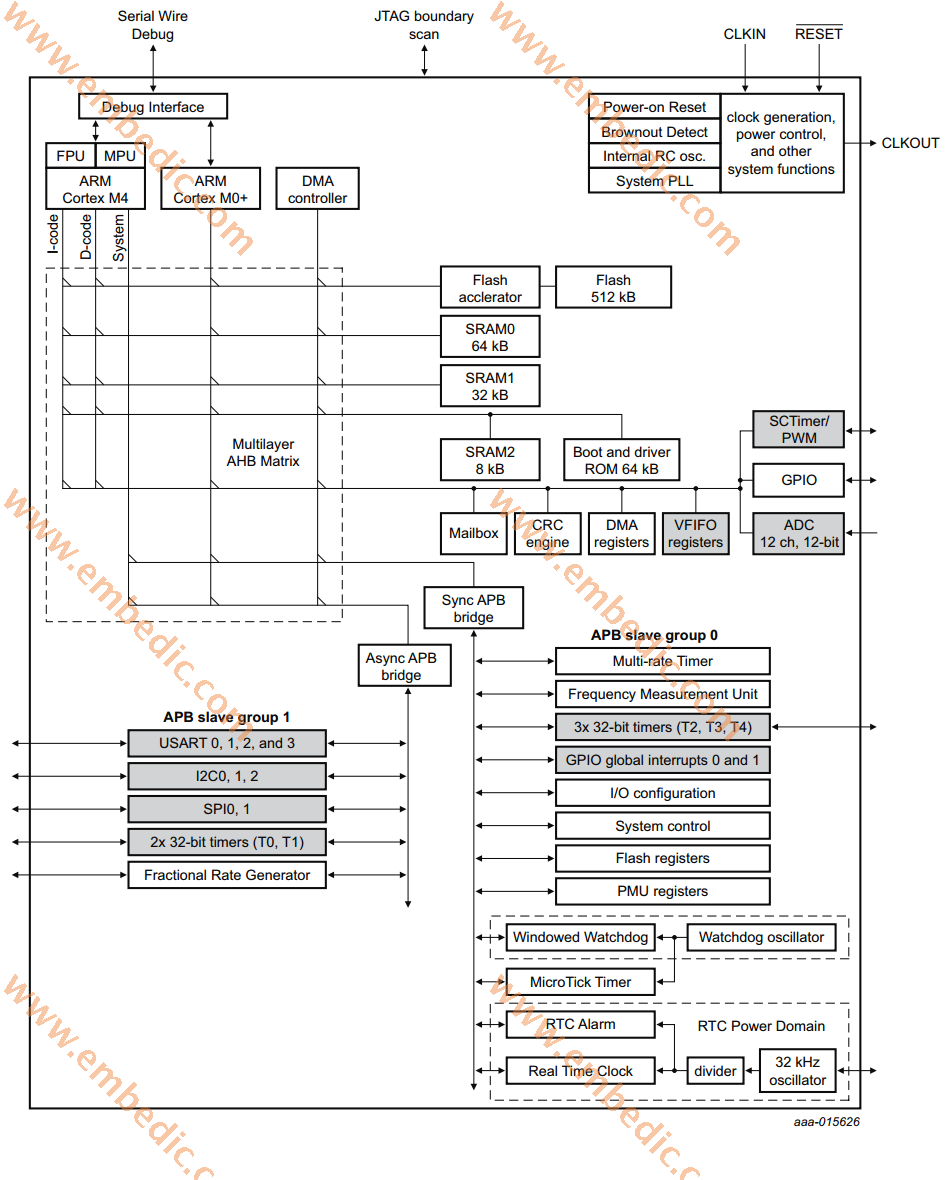
The fingerprint Sensor used in the solution is Bertel’s BF82160. BF82160 is a 160*160 fingerprint sensor. It can be connected to LPC54101 via SPI interface. As shown in the figure below, the encapsulated fingerprint Sensor is inside the black box.
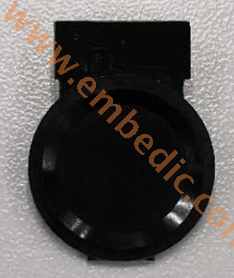
The touch button chip used in the solution is TMS12 from ADS. Its characteristics are as follows:
The NFC chip used in the plan is NXP's MFRC630. Its characteristics are as follows:
-10Mbit/s SPI interface
-I2C interface, the speed of fast mode is 400kbit/s, the speed of high-speed mode is 3400kbit/s
-Serial UART, the transmission rate is up to 1228.8kbit/s, the frame depends on the RS232 interface, and the voltage level depends on the pin voltage provided.
The LPC54101 E-Lock software framework includes: driver layer, middle layer, and application layer. Our state machine framework is used in the application layer. The driver layer and the middle module layer are ultimately prepared for the application layer. The purpose of the design is to achieve high cohesion and low coupling, and to distinguish each module clearly. When replacing the MCU, sometimes only the driver layer needs to be replaced. Reduce development time, improve development efficiency, and increase maintainability.
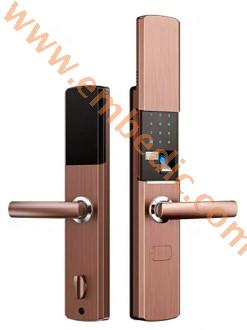
► Scenario application diagram
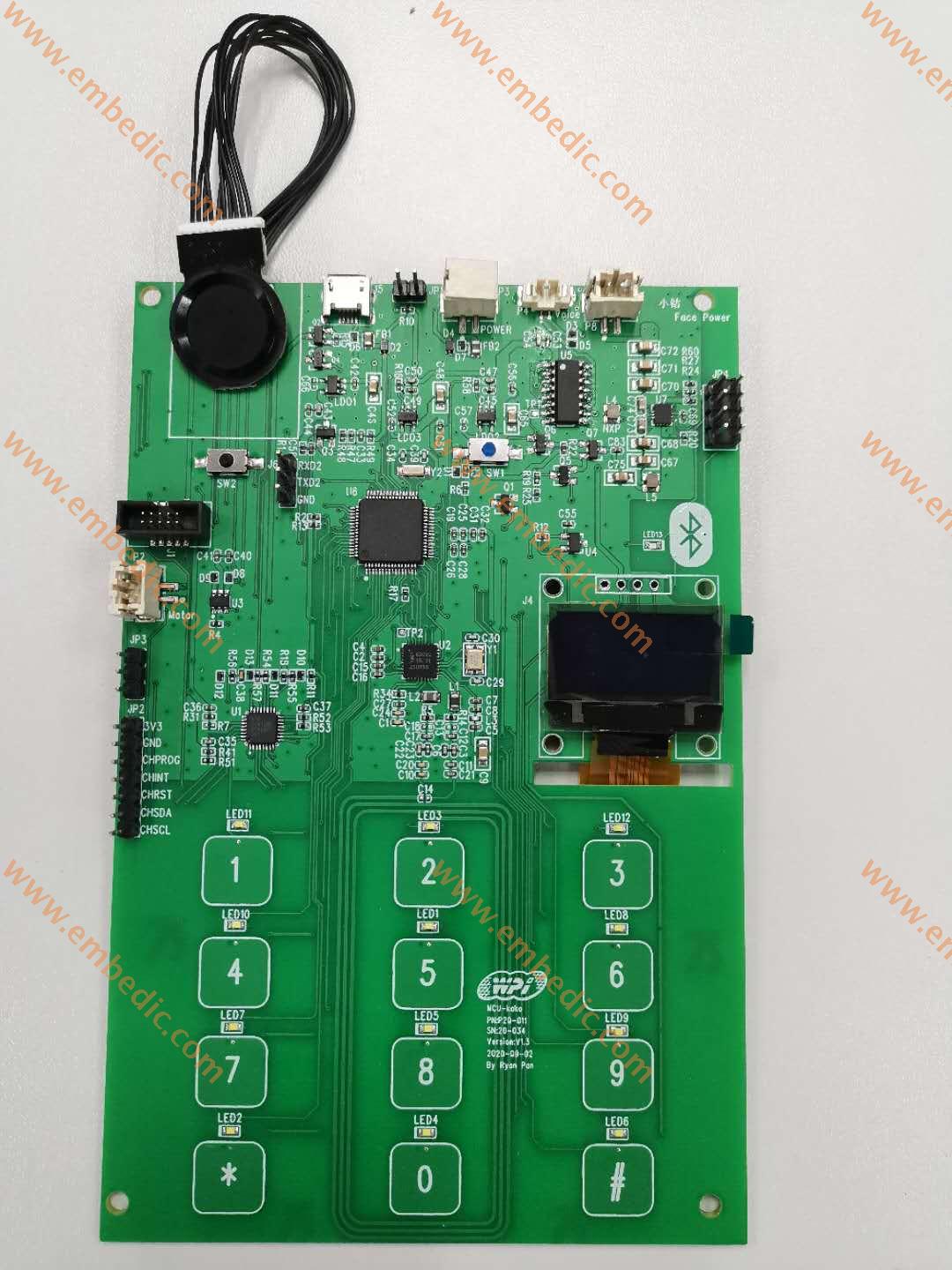
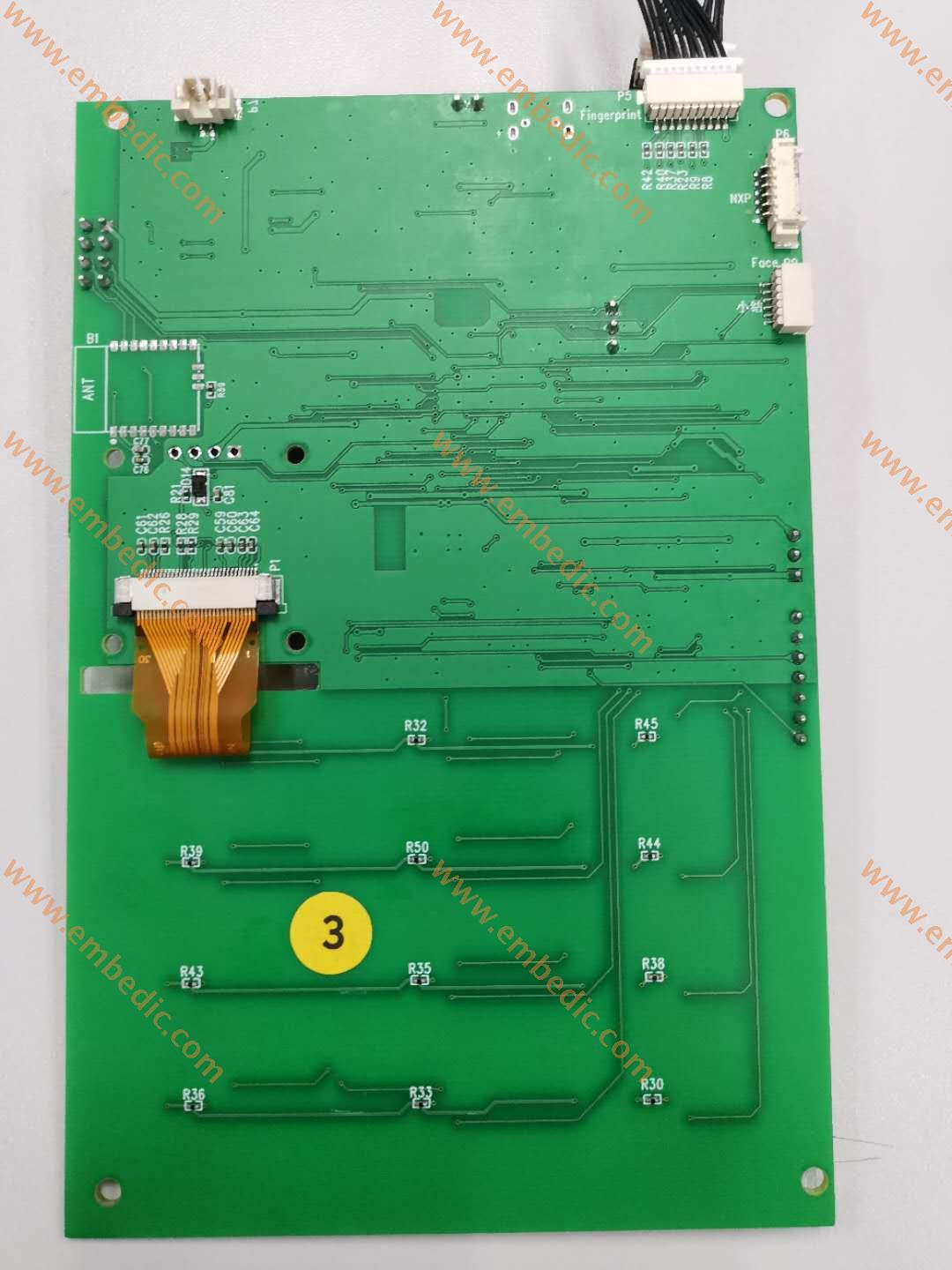
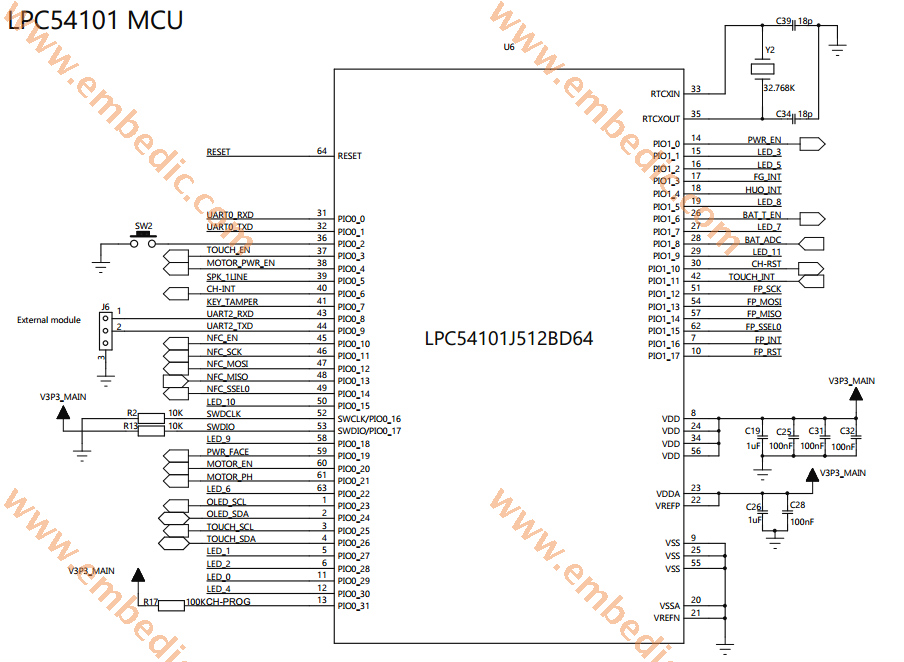
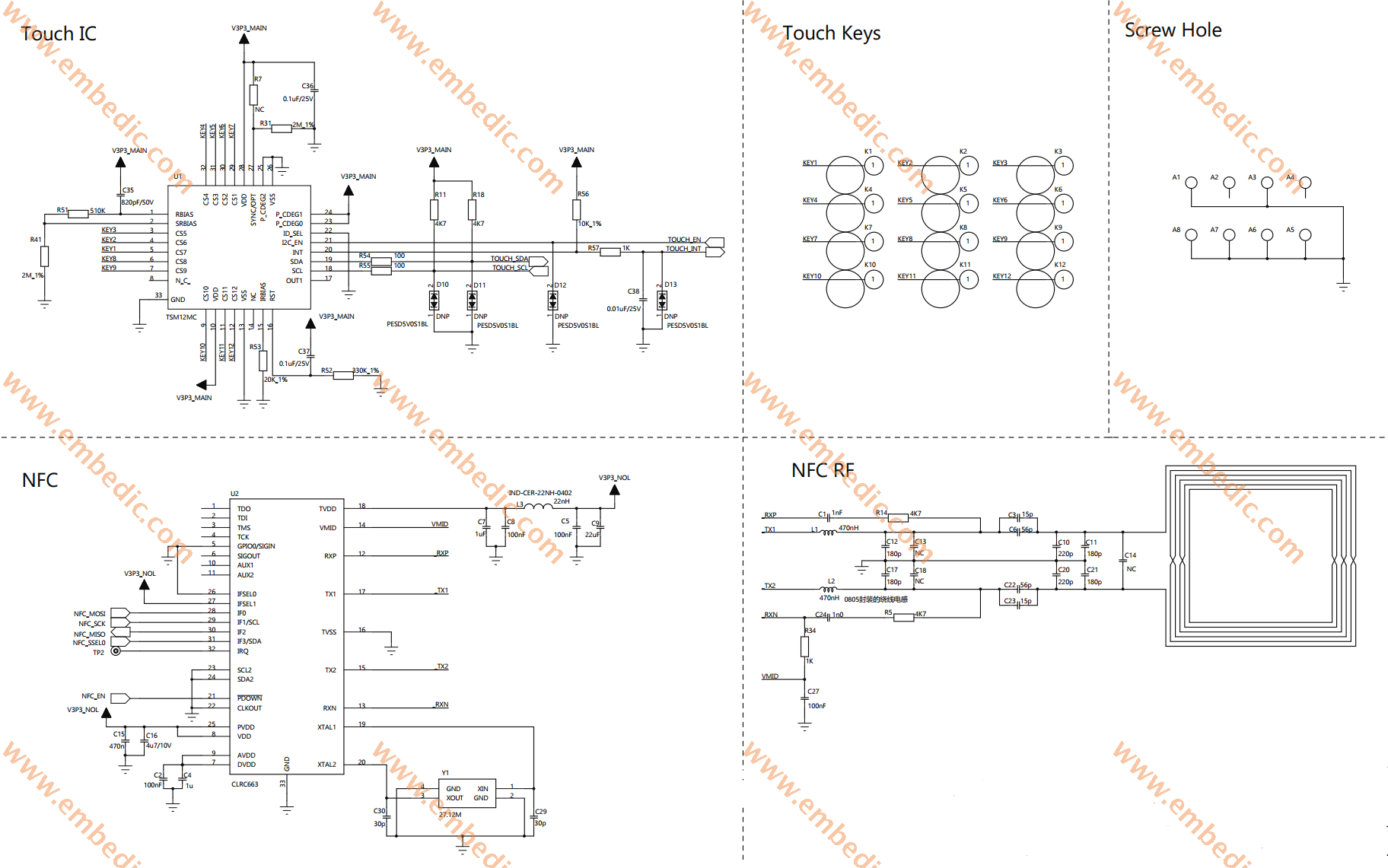
► PCB
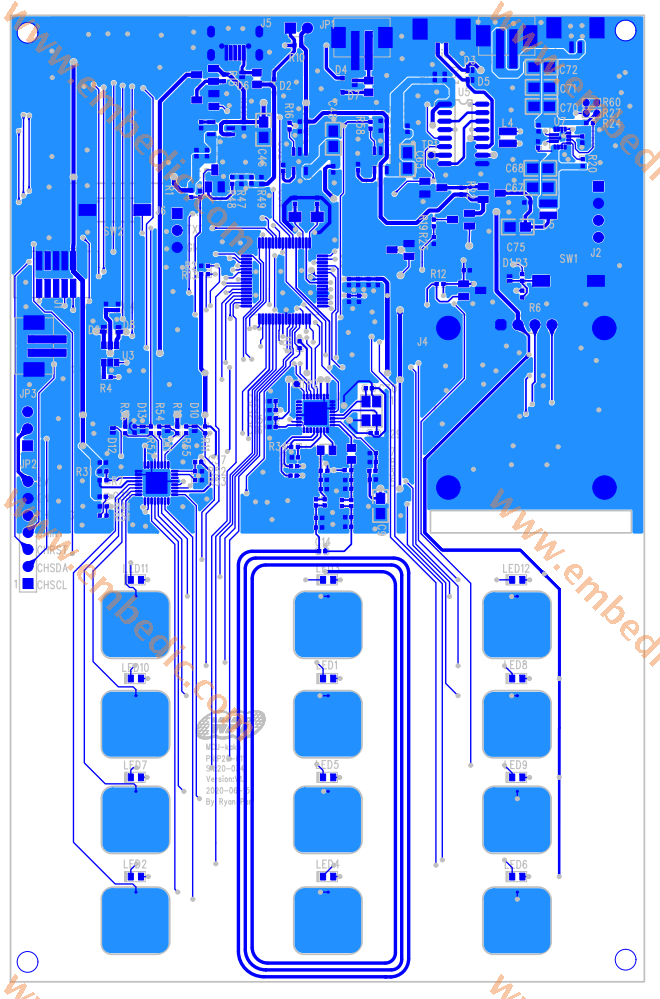
► PCB
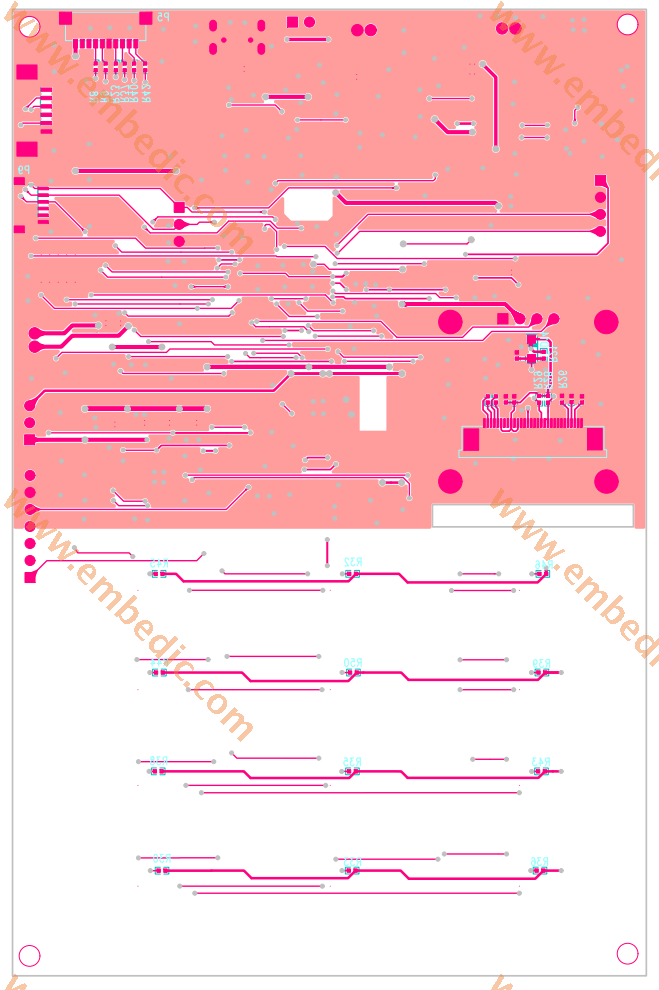
► Core technical advantages
► Solution specifications
IC MCU 32BIT 256KB FLASH 100TQFP
IC MCU 32BIT 128KB FLASH 64LQFP
IC MCU 16BIT 64KB FLASH 28UQFN
IC MCU 16BIT 16KB FLASH 44TQFP
1
2
3
4
5
6